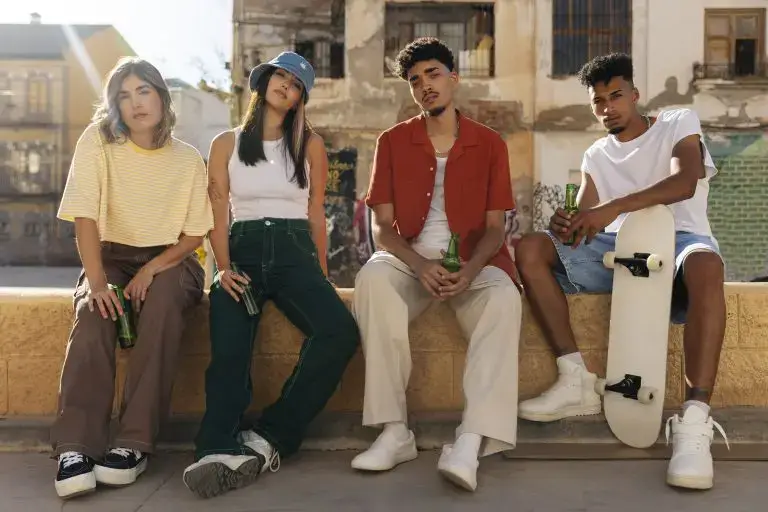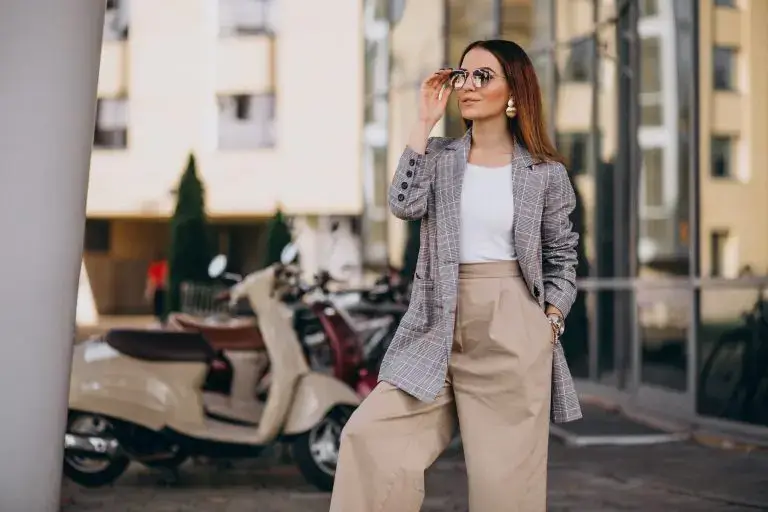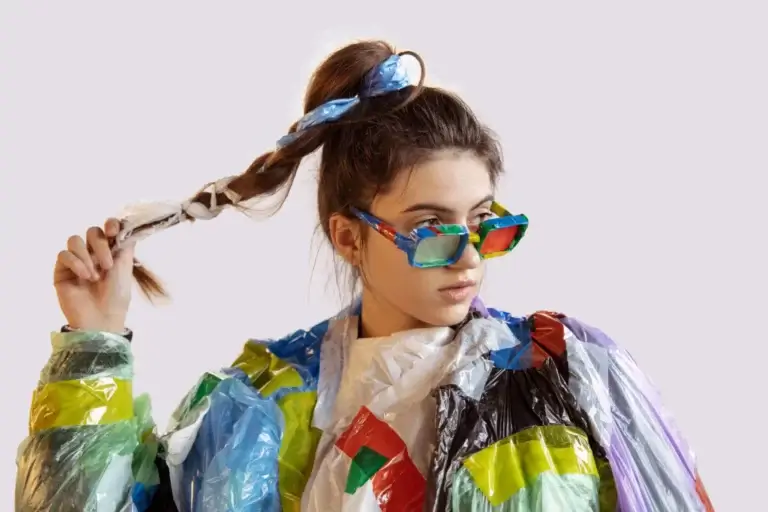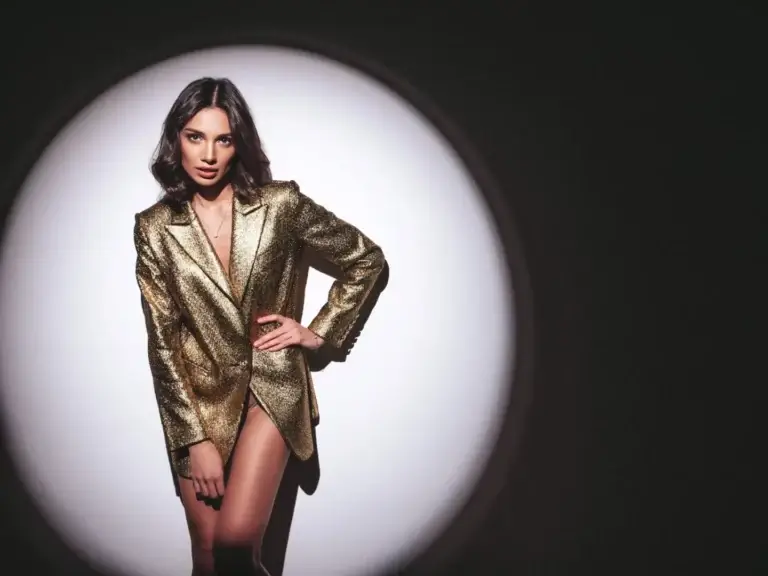Summary
- There are 7 universal fashion styles that often represent the majority of people
- With different fashion styles, the clothing industry can diversify its product line
- Manage every stage of your collection in an agile and integrated manner with the Audaces360 multi-solution! Download the free trial now!
Having preferred clothing styles or a personal style means selecting, from what fashion proposes as trends, what suits you and will make your personality stand out, making it unique.
Despite the versatility that fashion offers for using clothes as an expression of who we are, it’s not always easy to find oneself in a style or know what we want to convey.
To address this, 7 universal fashion styles have been studied and developed, which often represent the majority of people, or at least serve as inspiration and a foundation for other styles.
Here, you’ll discover what these universal clothing styles are and their main characteristics. Check it out:
Sumário
Why clothing manufacturing must embrace diverse fashion styles?
Customers have varied preferences when it comes to fashion and style. By knowing and keeping up with different trends and styles, clothing manufacturing can offer a variety of products that cater to the needs and desires of customers.
Fashion is a dynamic industry with trends and styles constantly changing. Keeping up with these changes is essential to remain relevant in the market and prevent the clothing manufacturing from being perceived as outdated.
By understanding different fashion styles, clothing manufacturing can diversify its product line. This enables them to reach broader audiences and cater to different age groups, preferences, and occasions.
The fashion industry is highly competitive, with multiple brands vying for consumer attention. Knowing different fashion styles allows clothing manufacturing to stand out and differentiate itself from the competition.
Information and research are key
By staying informed about what’s happening in the fashion industry, clothing manufacturing can anticipate emerging trends and prepare to meet demand before it becomes mainstream.
With knowledge of different fashion styles, clothing manufacturing can create cohesive and well-thought-out collections that align with a specific vision and convey a clear identity for the brand.
If clothing manufacturing has a presence in international markets, it’s crucial to understand the different styles and preferences of each region to adapt products and marketing campaigns accordingly.
Understanding different fashion styles helps clothing manufacturing professionals make more informed decisions about which designs to produce, which fabrics to use, and how to market their products.
Learn more: Uncover the benefits of fashion trend forecasting for your clothing business
7 universal fashion styles to consider when creating your collection

A fashion style doesn’t need to be something definitive, with a label or category. It’s quite common, over the years, for us to change our style depending on the phase of life because our tastes and preferences change all the time.
Some people enjoy mixing trends and styles, or even wearing something different every day.
But, in technical fashion terms, there are 7 pre-defined styles that help us identify personalities and, from there, find our own style based on what works for each person and what makes them feel good about themselves.
These seven universal styles, as they are called, can be mixed and matched, just like any other style. There are no hard rules!
They are the result of extensive research into consumer behavior and changes in the fashion market over the years.
It was the American image consultant Alyce Parsons who coined the term when she developed the PASS system (Proportion Analysis, Style Selection, in a literal translation).
Traditional
The traditional fashion style is for those who love tailoring, clean lines, and more subdued colors, such as black, white, and gray.
It works well in the workplace but isn’t confined to the office: those with a classic style appreciate an elegant sobriety in their look and invest in well-fitting, high-quality fabrics.
Some examples in the wardrobe of someone with a classic style are:
- Pencil skirts
- Shirts
- Tailored pants
- Suit sets
- Blazers.
Learn more: Find out how to use the chromatic circle to boost your fashion collection
Elegant

The elegant clothing style exudes sophistication, which is not directly linked to the price of a clothing item or accessory.
Nevertheless, those with an elegant fashion style often invest a bit more in high-quality fabrics with impeccable draping, as well as timeless accessories and shoes.
Similar to the classic style, it incorporates tailoring but in more contemporary designs. For those with an elegant style, it includes jewelry-inspired accessories (or authentic jewelry!), black and white outfits, subtle prints, as well as dresses and shirts made from luxurious fabrics.
Learn more: Learn all about satin fabric and how it can elevate your fashion production
Casual
Many people still confuse casual style with basic fashion, and despite the similarities between the two concepts, they have distinct characteristics.
Casual style strikes a unique balance. While it values practical and comfortable clothing, it injects a relaxed and vibrant feel into your look.
So, in addition to emphasizing comfort, casual style doesn’t overlook fashion trends. Items considered basic or simple can be harmonized effortlessly in its combinations.
Another notable point is that this style carries a touch of youthfulness, making it ideal for the modern woman’s daily routine.
Due to the inherent versatility of this style, it often becomes a favorite among women, frequently proving to be the go-to solution when putting together an outfit.
Learn more: 9 fabrics with the perfect fit to use in your fashion collection
Creative

Those with a creative style like to play with colors, shapes, textures, and prints.
Quite different from the classic fashion style, the creative one is more daring and mixes styles and eras, even in more formal settings, adapting the level of creativity as needed.
Since creativity is paramount, you can expect to find in the creative style:
- Prints of all sizes, such as animal prints, florals, and geometrics
- Mixes of denim with flowing fabrics
- Classic pieces paired with sneakers
- A lot of fashion-forward statements, especially with colors and textures
- The famous hi-lo, where a sophisticated piece is mixed with a more relaxed one.
Learn more: How to create a clothing color chart to elevate your collection
Dramatic
The dramatic fashion style is characterized by vibrant colors, geometric patterns, bold combinations, contemporary pieces, and pronounced volumes.
The aim is to create a modern, rebellious, bold look with intriguing contrasts. This mix makes anyone who embraces it stand out.
Those with a dramatic style emit an extremely modern image, have strong personalities, and love to explore fashion and cinematic references.
Typical pieces in the urban dramatic style include:
- Cropped tops
- Wide-leg and mom-style jeans
- Puffy sleeves
- Bulky tops and jackets
- High-necked blouses
- Distressed jeans
- Denim and leather jackets
- Bold design accessories
- Combat boots
- Chunky-soled heels
- Tomboy-style footwear, such as oxfords and loafers.
Learn more: Uncover the fabric composition chart and the most utilized types
Romantic
This fashion style emphasizes femininity, with various elements influenced by vintage styles, such as Ladylike.
These looks often feature a cinched waist and draw inspiration from the fashion of the 1950s and 1960s, but they can incorporate a mix of eras and more contemporary pieces, always with a delicate touch.
The main elements found in these pieces are:
- Bows
- Ruffles
- Lace
- Sheer fabrics
- Delicate florals
- Pearls and gemstones
- Pleats
- Puffy sleeves
- Flowy fabrics like tulle, satin, and chiffon.
Learn more: Get a closer look at tulle fabric and its top types for your collection
Sexy

People with a sexy or sensual style aim to highlight their body’s curves, especially with pieces that enhance their hourglass figure.
Characteristics of the sexy style include body-hugging silhouettes, plenty of skin on display, such as leg and neckline exposure, defined waists, and items like mini skirts, halter necklines, form-fitting jeans, and crop tops.
The “sexy” and alluring attribute isn’t solely attributed to clothing but also to accessories and details – and contrary to popular belief, the sexy style is minimalist, as the focus is on the clothing + body ensemble.
Learn more: 5 tips on how to sell lingerie and boost your business success
Your fashion production much more efficient with Audaces technology
If you want to create garments with all seven universal styles, it’s important to use technology as your ally at this moment.
Audaces offers a multi-platform with various software solutions that can assist in the creation of a collection!
Audaces360
Audaces360 is a multi-platform developed by Audaces, designed to seamlessly connect creative and productive phases, resulting in greater precision and profitability for your clothing production.
One of the key features of this system is its ability to provide a comprehensive view of the production process, combining tools that complement each other perfectly.
As a result, each stage directly contributes to the next, providing reliable real-time information, which streamlines and optimizes decision-making.
The various functionalities of this multifaceted solution streamline garment production and enable customers to customize their orders quickly.
This supports the diversification of clothing collections, allowing operations with leaner inventories – a crucial factor for reducing expenses and increasing profits.
Stay up to date with the latest digital fashion & technology trends by downloading our free e-book:
FAQ
By knowing and keeping up with different trends and styles, clothing manufacturing can offer a variety of products that cater to the needs and desires of customers.
The term was coined by American image consultant Alyce Parsons when she developed the PASS system (Proportion Analysis, Style Selection in a literal translation).
Traditional, elegant, sexy, casual, romantic, dramatic, and creative.











2 Responses
This text underscores the importance of adaptability and awareness in the fashion industry. It rightly acknowledges the diverse preferences of customers and the ever-changing landscape of trends. The emphasis on staying current with styles reflects an understanding of the dynamic nature of fashion. The idea of diversifying product lines to appeal to various audiences is not only savvy but also customer-centric. Overall, it conveys a positive message about the strategic approach to meeting customer needs and thriving in the competitive fashion market.
Absolutely liberating perspective on fashion! The idea that style doesn’t need a rigid label but is an ever-evolving expression of personal taste is refreshing. The recognition of 7 universal styles as a foundation for self-expression allows for flexibility and creativity. No hard rules, just the freedom to explore and embrace what makes each individual feel their best. Fashion as a fluid journey – love it! 🌈👗 #FashionFreedom #StyleEvolution